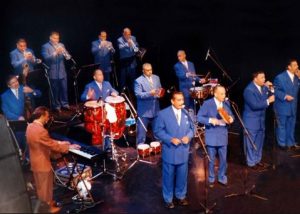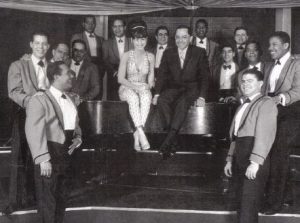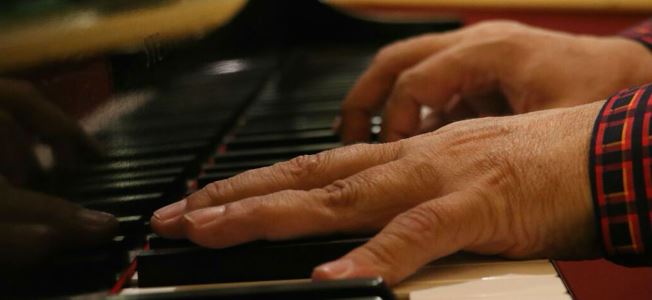Instrument solos were a vital part of Salsa during its golden age of the 60s through the 80s. But by the ’90s when Salsa Romantica became prominent, they were gone.
In this Part 3 of the blog series, we’ll discuss this phenomenon.
Not All Classic Salsa Had Solos
Solos were an integral part of what we called Salsa. But it’s worth reminding that they were not in every song. Some bands used to include instrumental solos more than others. In addition, the Salsa played in some countries had more solos than in other countries.
So this is hardly a Salsa Dura recipe, but it was characteristic it had. Let’s break it down by location, band, and song.
By Country
Some locations were more inclined to include instrumental solos than others. Since the urban aspects of what we call Salsa developed in New York, it is not surprising it is there where we find the use of solos more often. The New York style of Salsa tends to incorporate more “jams”.

The Fania craze extended this somewhat to Puerto Rico. Fania artists like Roberto Roena, Bobby Valentin, and Sonora Ponceña tended to incorporate more solos than other local bands.
In Venezuela and Colombia, the Salsa bands tended to do fewer solos than their New York or Puerto Rican counterparts. Dimension Latina and Grupo Niche were not known for using solos. That doesn’t mean they didn’t use them at all; they just used them less frequently.
By Band
Within each location, bands differed. In New York, the band of Palmieri (both Charlie and Eddie, Harlow, Barretto, and Willie Colon tended to do more solos than Pacheco, Lebron Brothers, and Bobby Rodriguez.
In Puerto Rico, El Gran Combo didn’t feature as many solos as La Ponceña, even though both bands were led by pianists.
By Song
In the end, it came down to the individual Salsa song. Some bands would have one or two songs with solos, while others may feature them in almost every song.
In general, instrumental solos were much more common back then, than they are now.
That is because the 90’s romantic style of Salsa was more about the singer and less about the band. Having a romantic Salsa song, and then featuring a wild trombone solo did not go hand-in-hand. But the main reason is that the orchestra was a necessary evil. The singer became the star of the show.
The Bridge Between Salsa and Jazz
I see instrumental solos as the part of Jazz that Afro-Caribbean music incorporated to become Salsa. Of course, there were other elements (like the urban lyrics, for example) but the brass section took a turn towards Jazz.

With that, we got band leaders that wanted to showcase their talent and that of the band. With that, instrumental solos began to proliferate in Salsa. Because recordings were limited in time, live events presented better opportunities for bands to individual “descargas” to their Salsa songs.
This practice actually began to fuel the rivalry in bands that used to happen in the 50s between the Machito, Tito Puente, and Tito Rodriguez bands. It was about which band could play better as a whole and which band had the best instrumentalists.
With the new Pop-Salsa, the (friendly) rivalries between Salsa bands are gone.
Solos in Salsa Today
In the early 2000s, the nostalgic cries for more Salsa dura were starting to be heard loudly. With that came the birth of the Spanish Harlem Orchestra. Other Salsa Dura bands began sprouting around New York, Puerto Rico, and Colombia.
These bands, particularly the Spanish Harlem Orchestra and Tromboranga (from Barcelona) brought back the solos we used to have in Salsa.
Eddie Palmieri just recorded a new Salsa album. His first single, a remake of his 70’s hit “Muñeca” features more solos than in its original version. Perhaps this is the influence of Latin Jazz on the veteran maestro, who has dedicated more of his time to Latin Jazz than to Salsa since the 90s.
You can count the solos in this 2018 version of “Muñeca” by Eddie Palmieri. The singer is Herman Olivera.
Perhaps Salsa artists in general should start to bring back a little of this lost practice. Even for singers, highlighting the talented musicians in their bands may serve the same purpose Tito Rodriguez used for his band. The general public knows how good Tito Rodriguez was. But additionally, they also knew how good Rodriguez’s band was because the musicians were allowed to shine.
I hope this is not too much to ask.

